In 1924, the French writer and poet André Breton published his Surrealist Manifesto, which outlined the tenets of the artistic movement. Responding in part to the horrors of the First World War, Breton described an aesthetic that aimed to unleash creative works arising from the unconscious rather than reason. Commemorating the manifesto’s centennial, this short documentary from the Museum of Modern Art in New York City (MoMA) explores the surrealist exercise known as ‘exquisite corpse’, in which each participant creates one portion of a body, unaware of how the other participants’ contributions will look. Taking viewers through a history of the exquisite corpse up to today, the piece explores how these projects embody the surrealist emphasis on freedom, community and radical creativity.
Radical doodles – how ‘exquisite corpse’ games embodied the Surrealist movement
Video by the Museum of Modern Art (MoMA)
Director: Sarah Cowan

videoArt
‘Long Live Degenerate Art’ – how a Surrealist group in Cairo defied repression in 1938
4 minutes
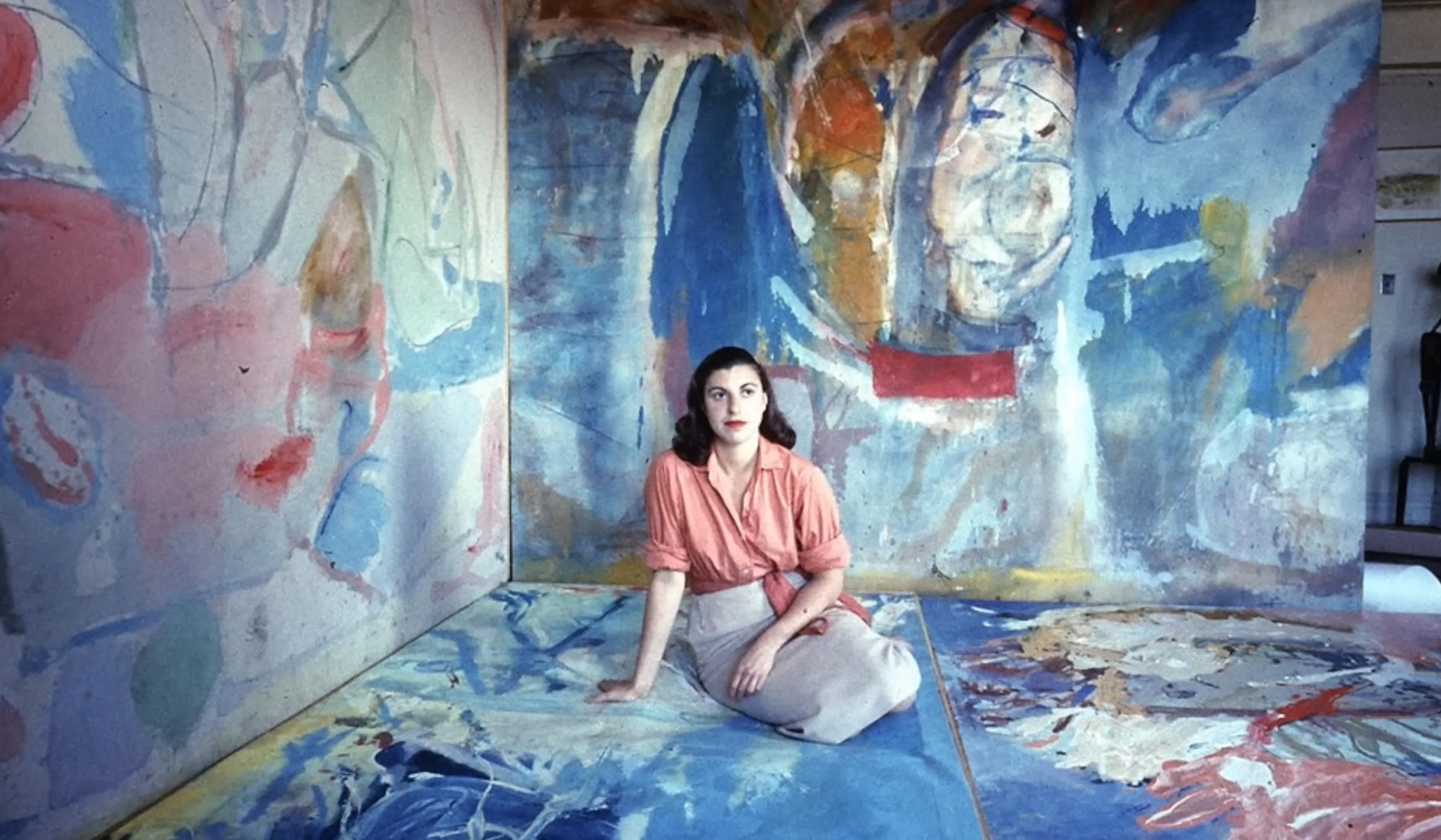
videoArt
The female Abstract Expressionists of New York shook the world of art
15 minutes
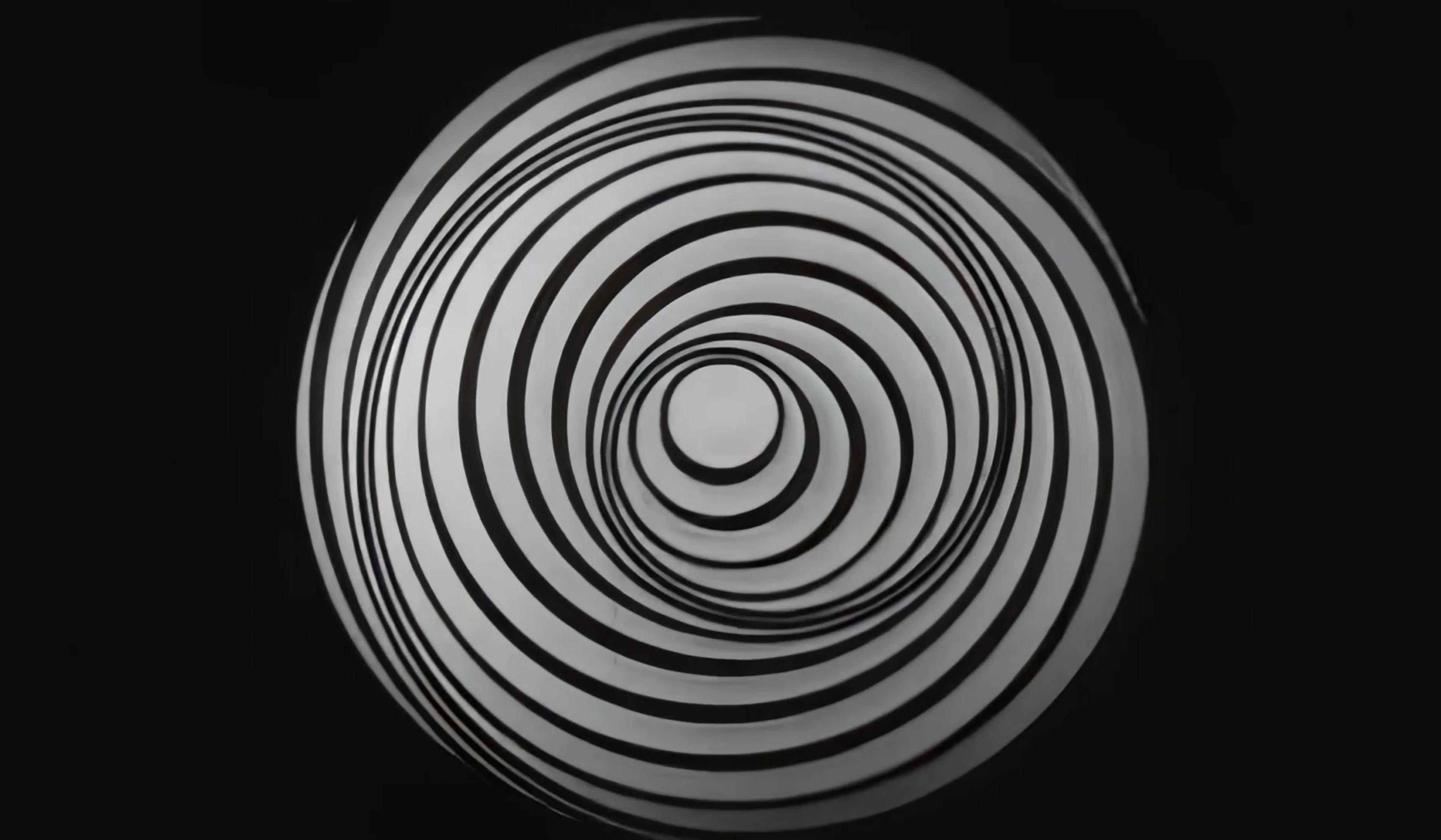
videoArt
Dizzying discs and obscene wordplay – revisiting Marcel Duchamp’s 1926 film debut
7 minutes
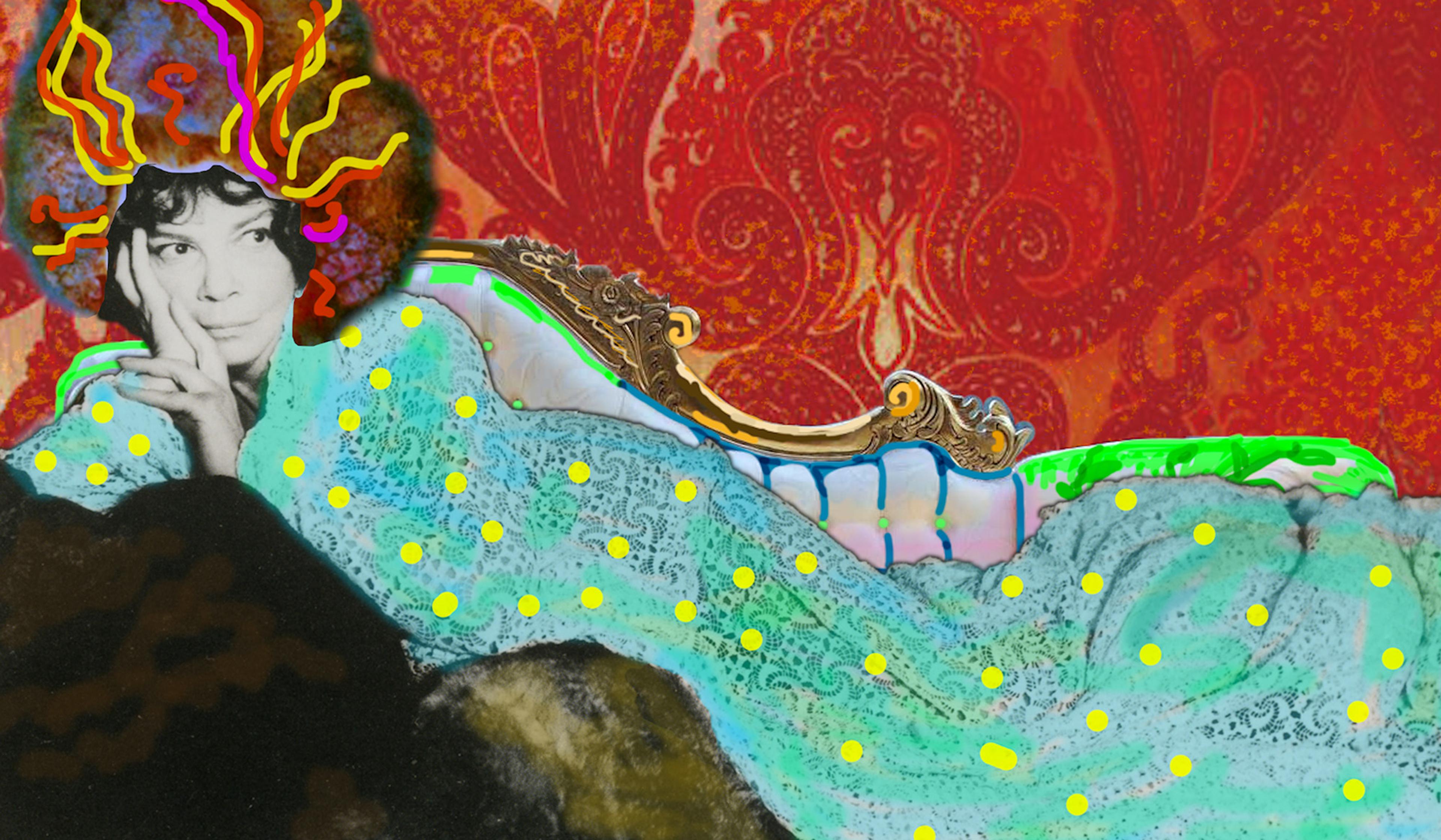
videoArt
A mindbending trip that summons the forgotten women of surrealism
17 minutes
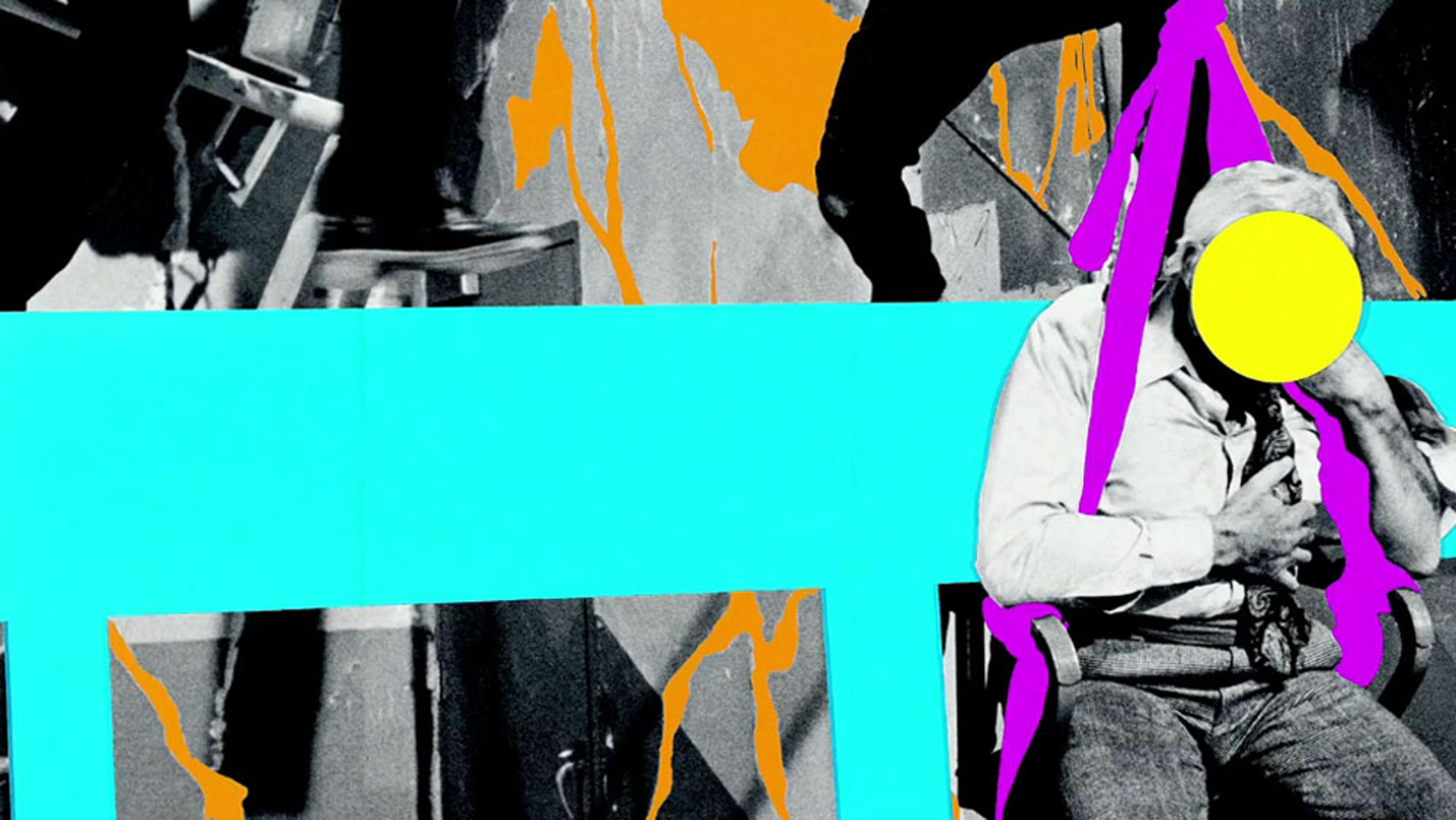
videoBeauty and aesthetics
Everything you need to know about John Baldessari – godfather of conceptual art
6 minutes
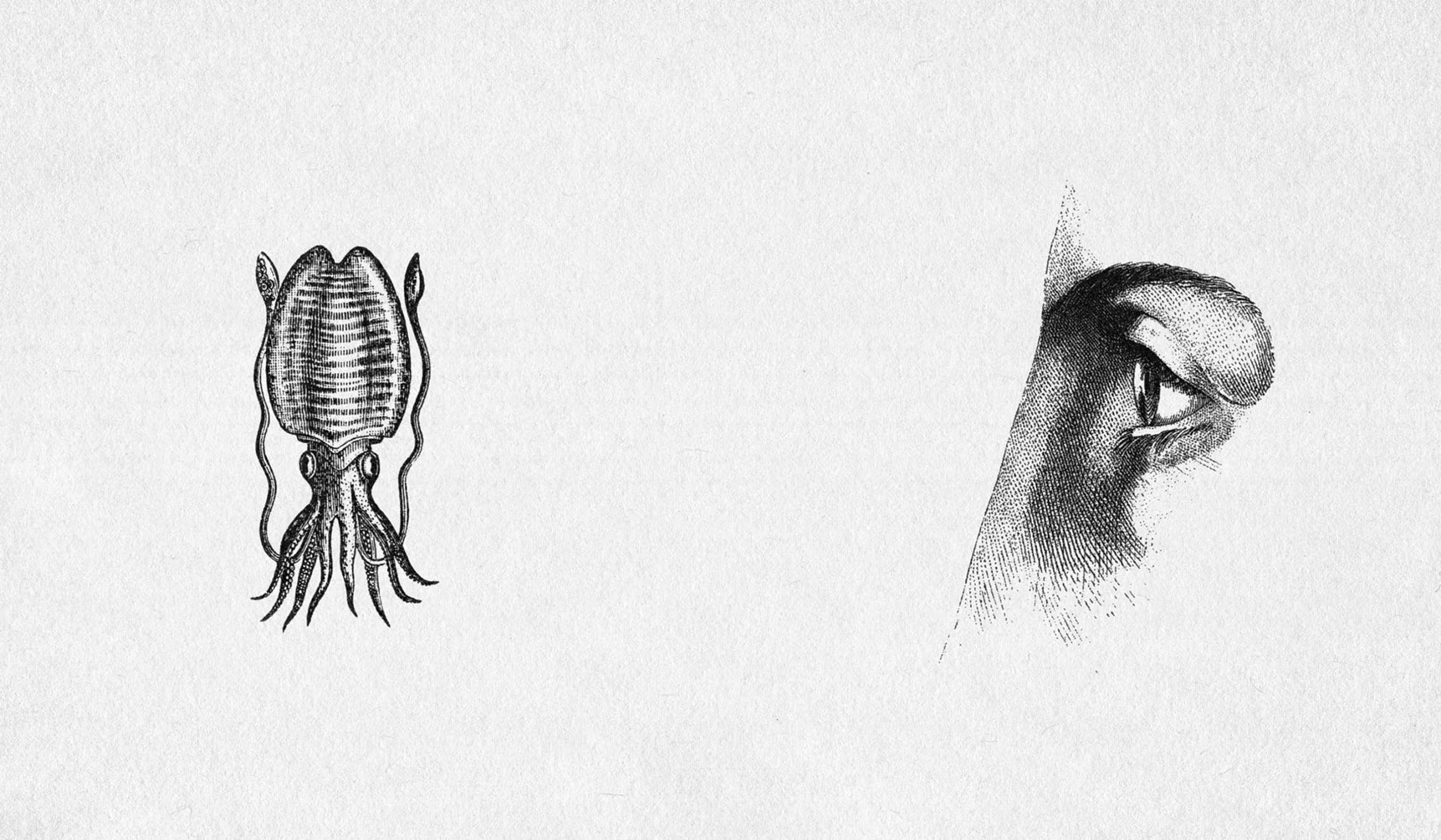
videoPhilosophy of mind
An enigmatic ‘story of consciousness’ told through 19th-century engravings
7 minutes
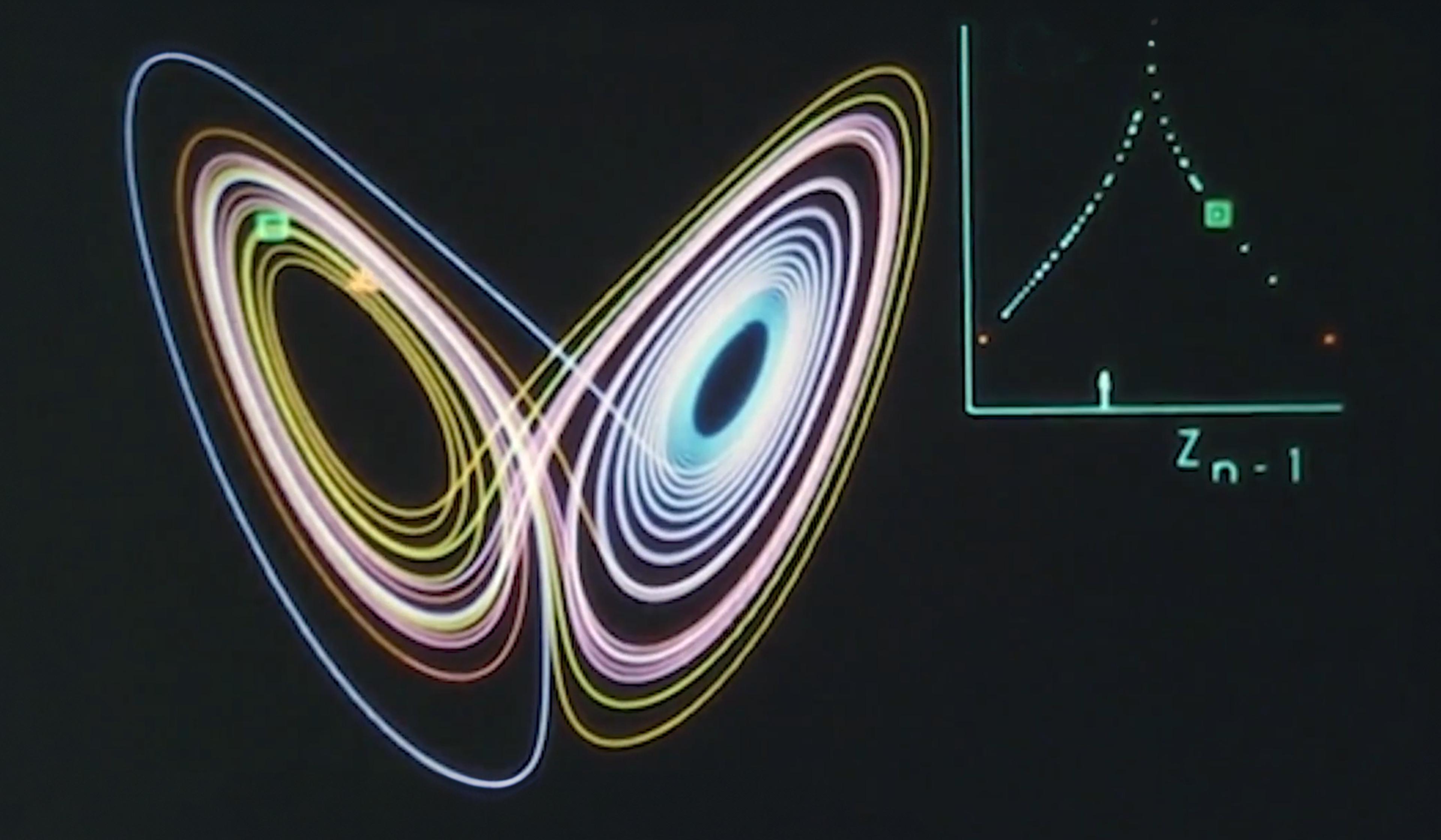
videoThinkers and theories
Henri Bergson on why the existence of things precedes their possibility
3 minutes
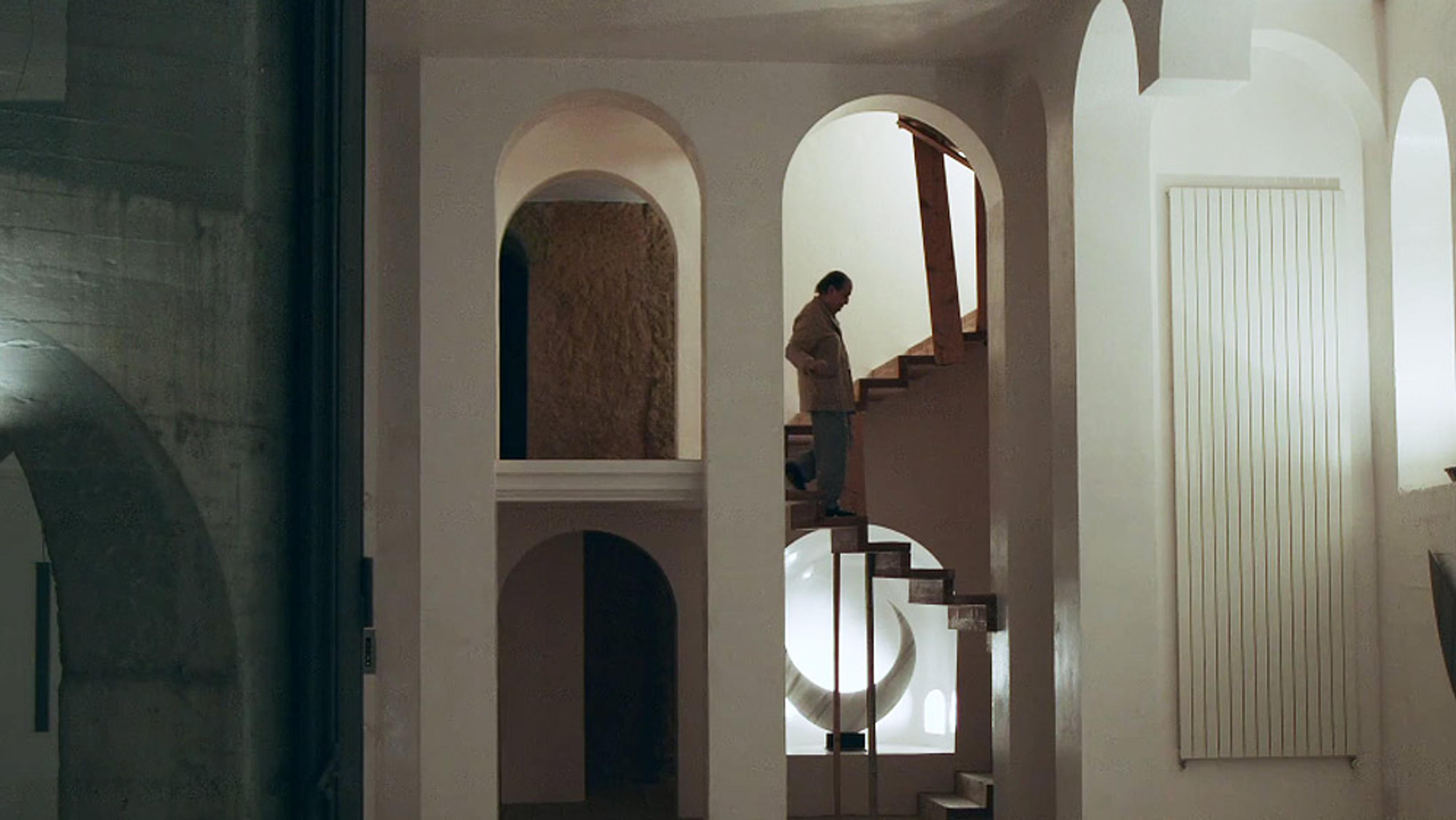
videoHome
The stunningly beautiful home ‘in which the mental space is what matters’
5 minutes
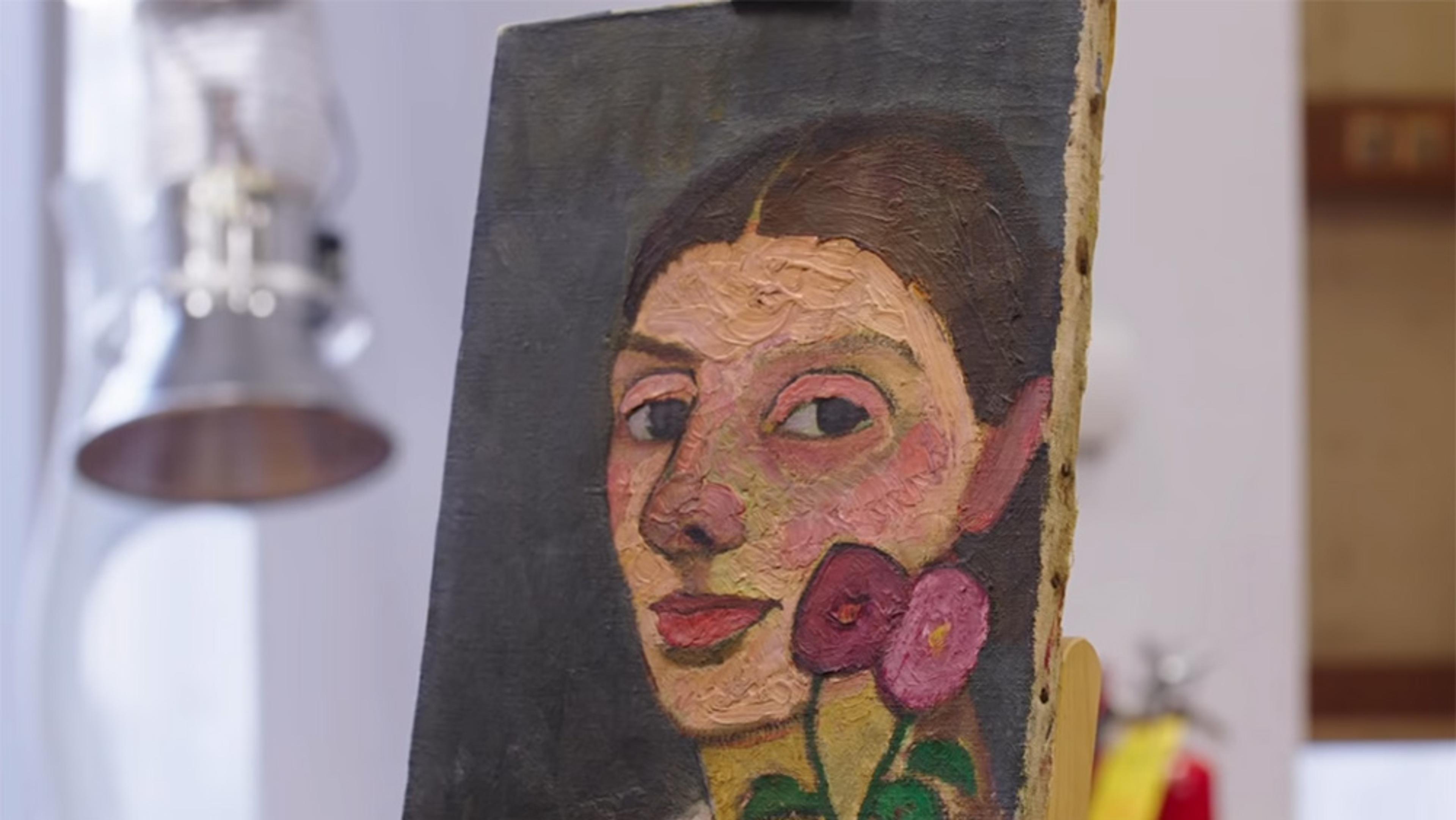
videoArt
To restore a painting takes the combined skills of a surgeon, a detective and an inventor
8 minutes